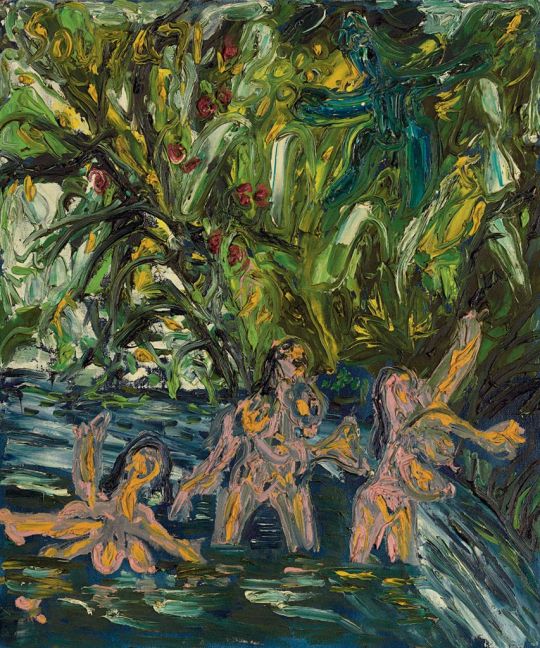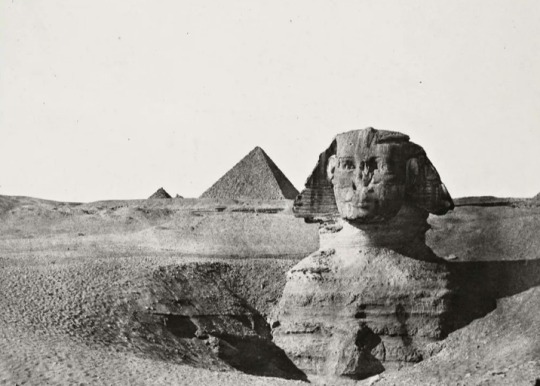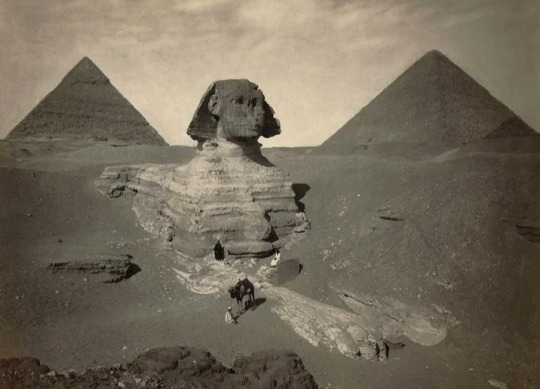Don't wanna be here? Send us removal request.
Photo

Shen Jiawei - Guardia per la nostra grande Madrepatria - 1974
3 notes
·
View notes
Text

Lygia Clark - Bicho - Monumento a Todas as Situações (2006)
Aluminum 65.4 x 53.5 x 40.6 cm
73 notes
·
View notes
Text

Burt Glinn
Helen Frankenthaler y el escultor David Smith en el estudio de Frankenthaler. Ciudad de Nueva York. Estados Unidos. 1957. © Burt Glinn | Fotos de Magnum
67 notes
·
View notes
Photo

Francis Newton Souza (Indian, 1924-2002), Krishna & the Gopis, 1971. Oil on canvas laid on board, 61 x 50.8 cm
367 notes
·
View notes
Text


The Lamb of God (1432)
— by Hubert and Jan van Eyck
2K notes
·
View notes
Text

Title: Arles View from the Wheat Fields
Artist: Vincent van Gogh
Date: 1888
Style: Post-Impressionism
Genre: Landscape
✨ Feel free to check out our community for more art! ✨
707 notes
·
View notes
Text

Mark Rothko Vernal Memory / No.12 1948 oil on canvas 55 3/4 x 32 1/8 in. Collection of Kate Rothko Prizel © 1998 Kate Rothko Prizel & Christopher Rothko/Artists Rights Society (ARS)
1K notes
·
View notes
Text
The Great Sphinx of Giza through the Decades:

1849 after uncovering of the chest area (tl).

1878 in partially excavated condition (tr).

1925 during extensive excavations & repairs (bl).

1931 with dismantled Roman stairway (br).
NOTE:
The Great Sphinx of Giza is a limestone statue of a reclining sphinx, a mythical creature with the head of a human and the body of a lion.
Facing directly from west to east, it stands on the Giza Plateau on the west bank of the Nile in Giza, Egypt.
The face of the Sphinx appears to represent the pharaoh Khafre.
151 notes
·
View notes
Text
One of 23 statues of the pharoah, each in slightly different pose and shape
Carved in hard dark stone diorite

(Egyptian civilization, Old Kingdom, Dynasty IV. Diorite statue of pharaoh Khafre (Chephren). From Giza (diorite)
Egyptian 4th Dynasty
35 notes
·
View notes
Text

First pyramid that resembled more of a ziggurat and built with stone
Djoser's pyramid (c. 2670–2650 BC)
1 note
·
View note
Photo

Piero Della Francesca, The Flagellation of Christ, c. 1460.
Gallery
Interpretations
2 notes
·
View notes
Text

Sassetta
Known as Sassetta since the 18th century, Stefano di Giovanni was the most important artist in 15th century Siena, where he probably trained with Benedetto di Bindo and where he was inscribed with the guild of painters before 1428.
1 note
·
View note
Text
Ambrogio completed his work in 1340. Less than a decade later Siena was ravaged by the Black Death and killed half the population of the Italian peninsula including Ambrogio and his brother. The Siena tradition of art died along with them







Allegory of Good and Bad Government: Effects of Good Government in the City, Ambrogio Lorenzetti
The artist depicts a peaceful, engaged cityscape of daily life in the fourteenth century. It enters life in Siena during this time. The foreground shows a group of people dancing, along with crowded streets of merchants, shopping, and livestock. In the background, men working hard on roofs of buildings. Throughout the piece, the buildings are tightly compacted and attempt to show the depth and size of the Siena. Bright and bold colors are used which expresses the vibrancy of this good government. The colors, size, medium, and stylization are classic of Late Medieval painting. The fresco clearly illustrates the center of the city with this beautiful cityscape, which depicts life under a good government.
source
15 notes
·
View notes
Photo

MWW Artwork of the Day (12/23/21) Simone Martini (Sienese, 1285–1344) Detail: Annunciation (1333) Tempera on wood Galleria degli Uffizi, Florence
The altarpiece was executed between 1329 and 1333 for the chapel of Sant'Ansano of the Cathedral in Siena by Simone Martini and his brother-in-law Lippo Memmi, to whom are attributed the two lateral figures: Saint Ansano – patron of Siena – and Saint Giulitta. On the gold background the figures of Angel Gabriel and the Virgin enhances Gothic line, without narrative details: just the central pot with lilies, symbolizing Mary’s purity, and the olive branch. The golden relief inscription starting from the Angel’s mouth contains beginning words of the Annunciation.
For more of this artist’s work, see this MWW gallery/album: https://www.facebook.com/media/set/?set=a.458364304268944&type=3
49 notes
·
View notes


